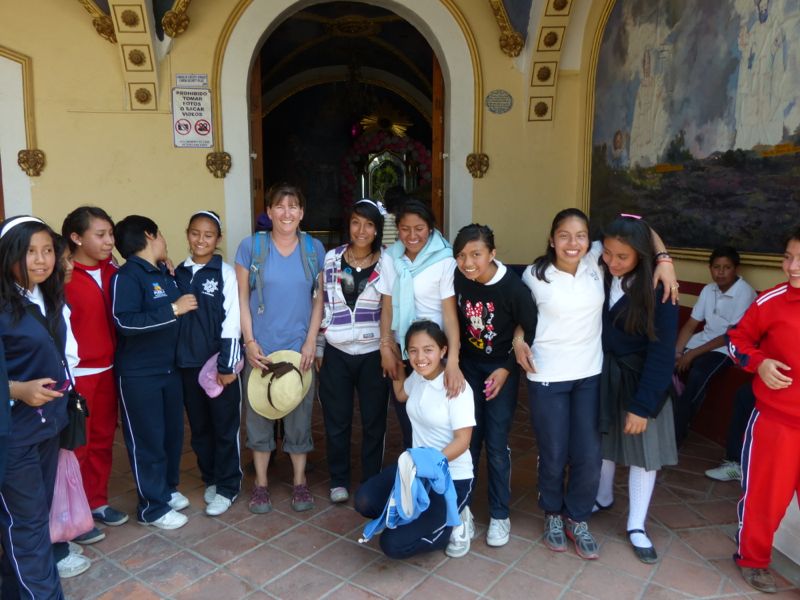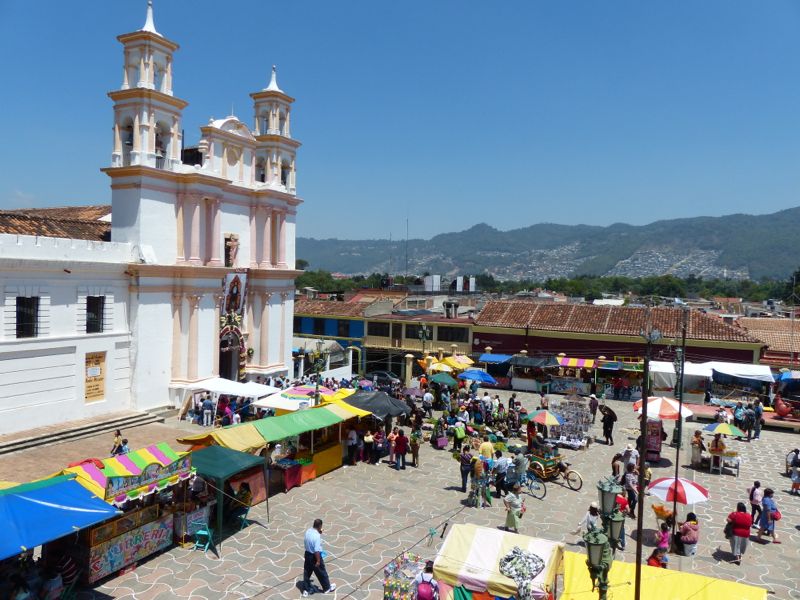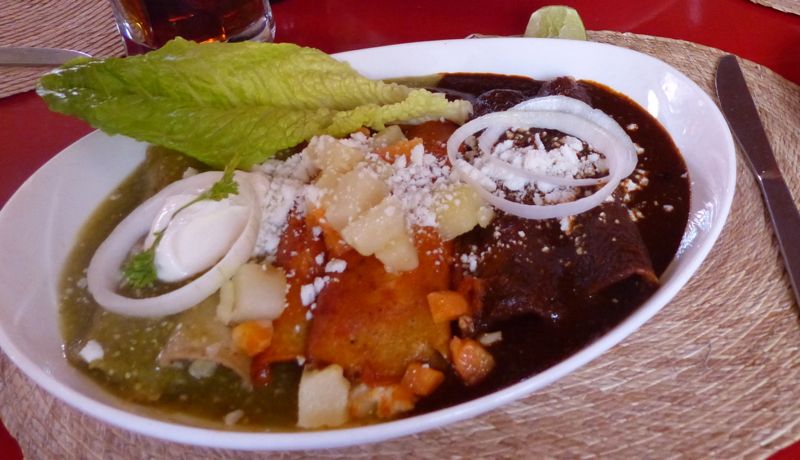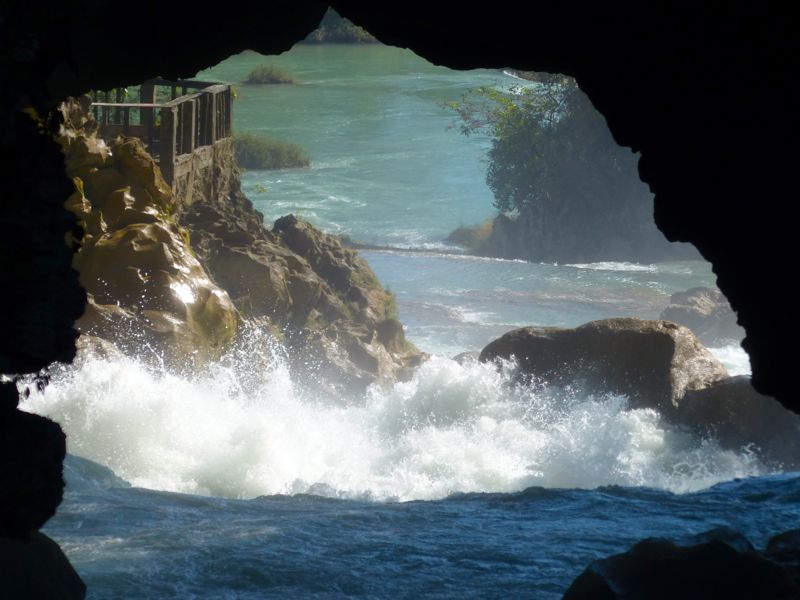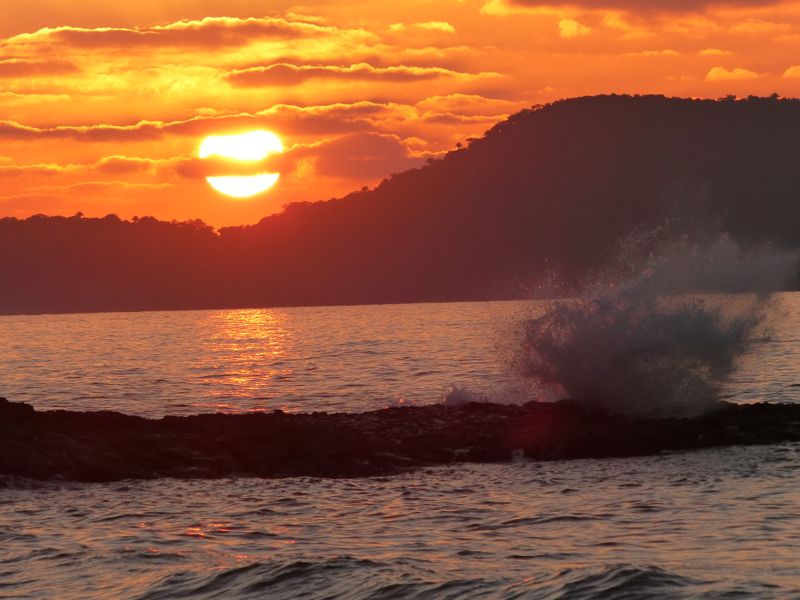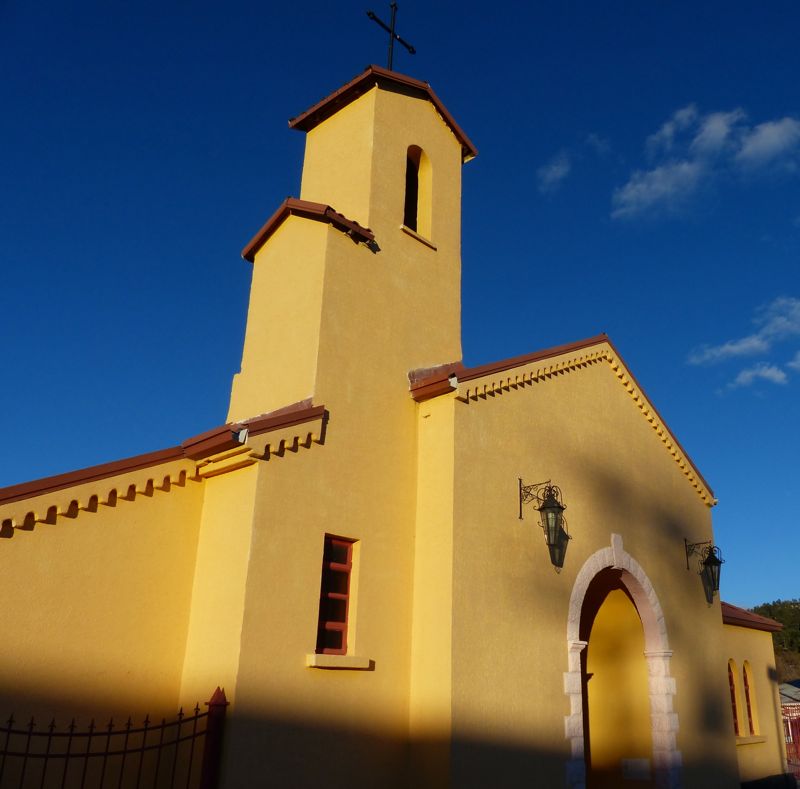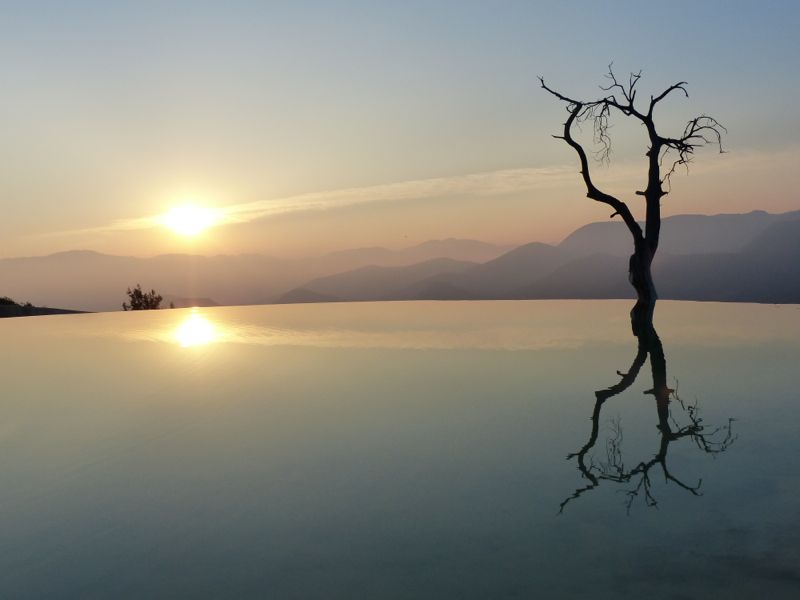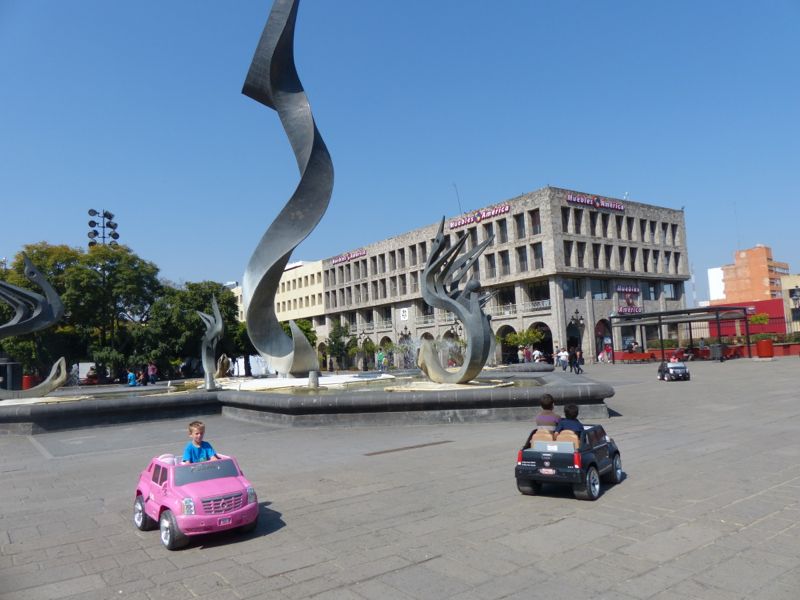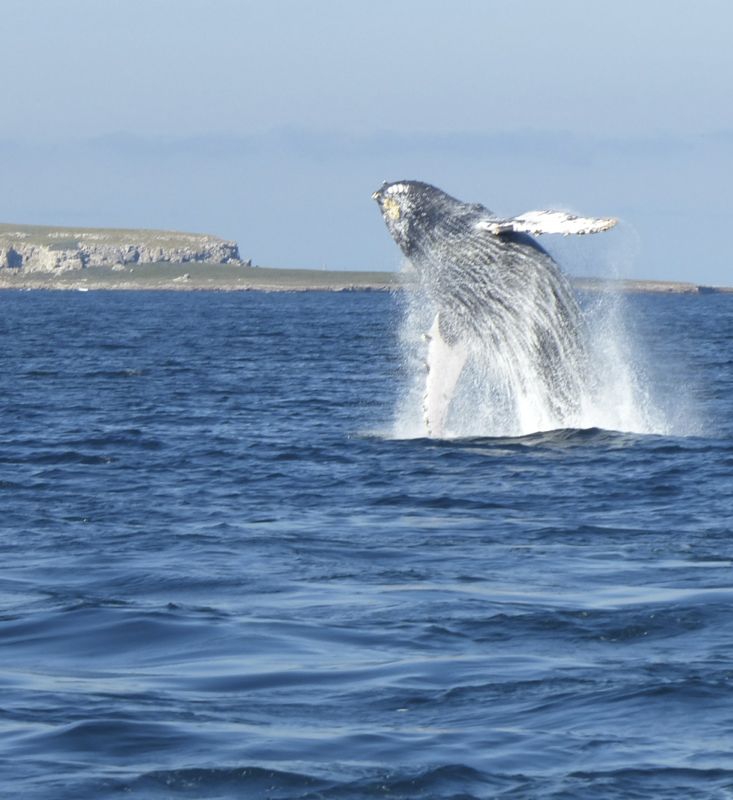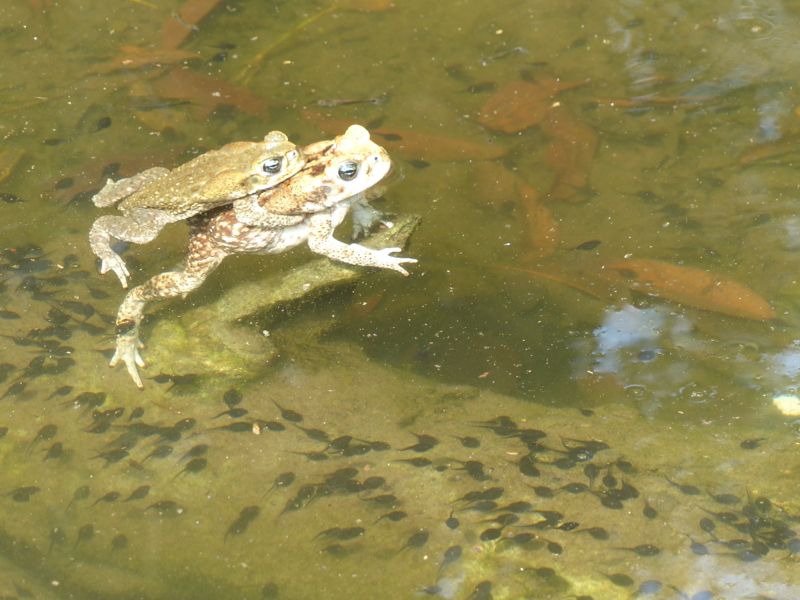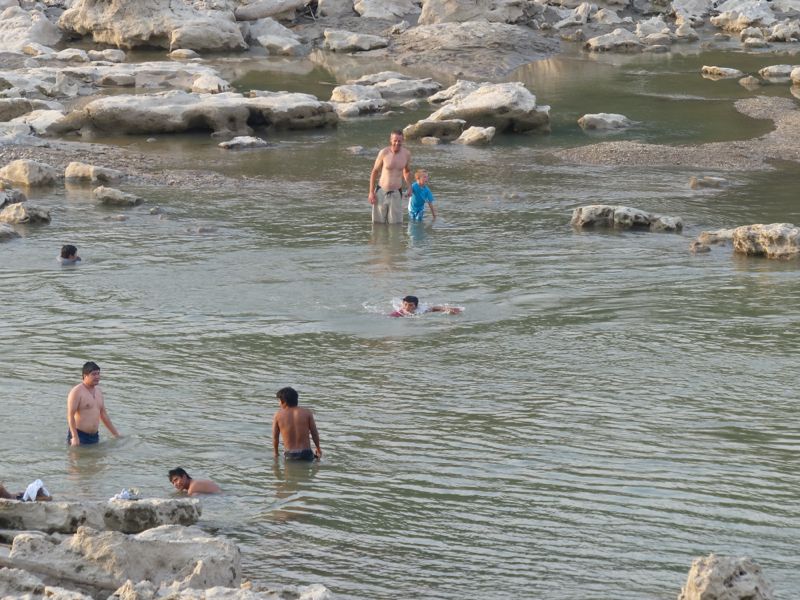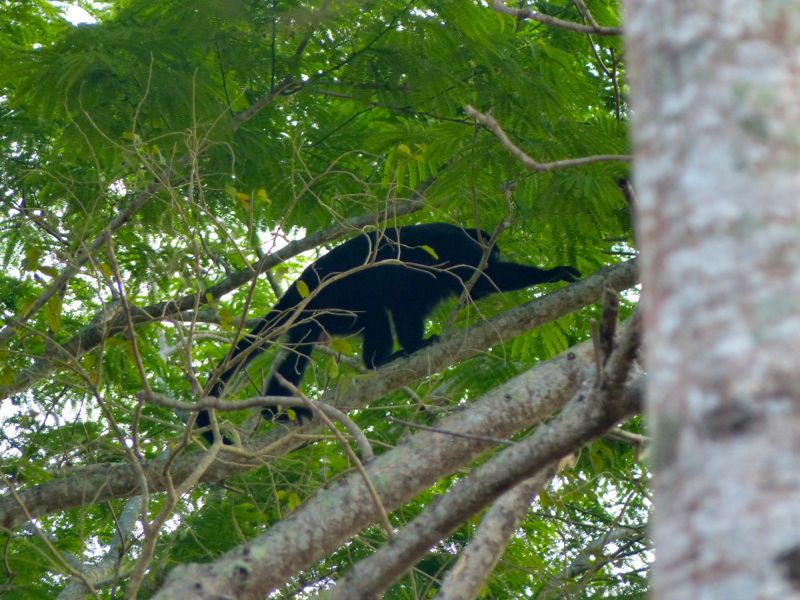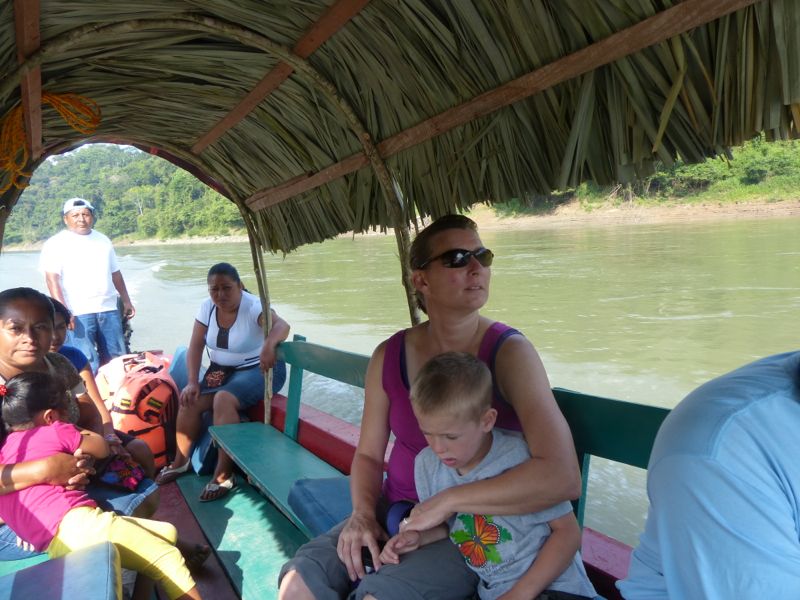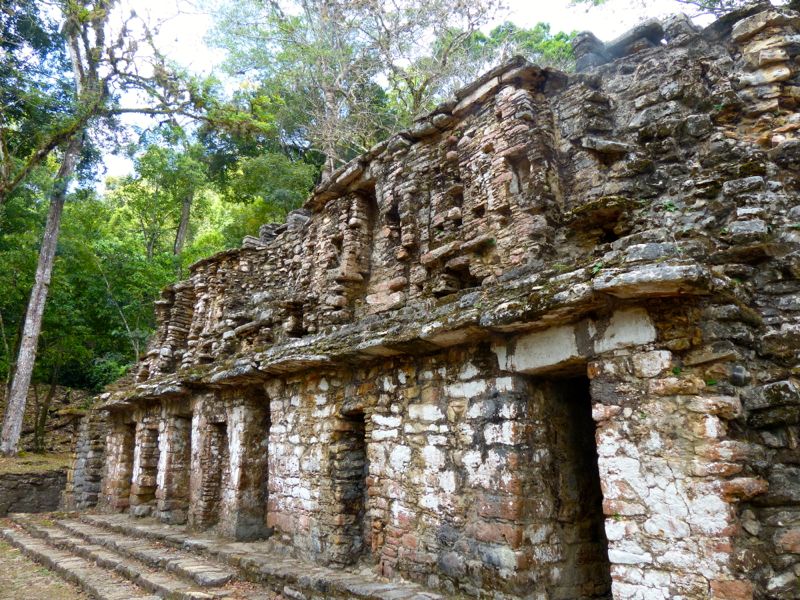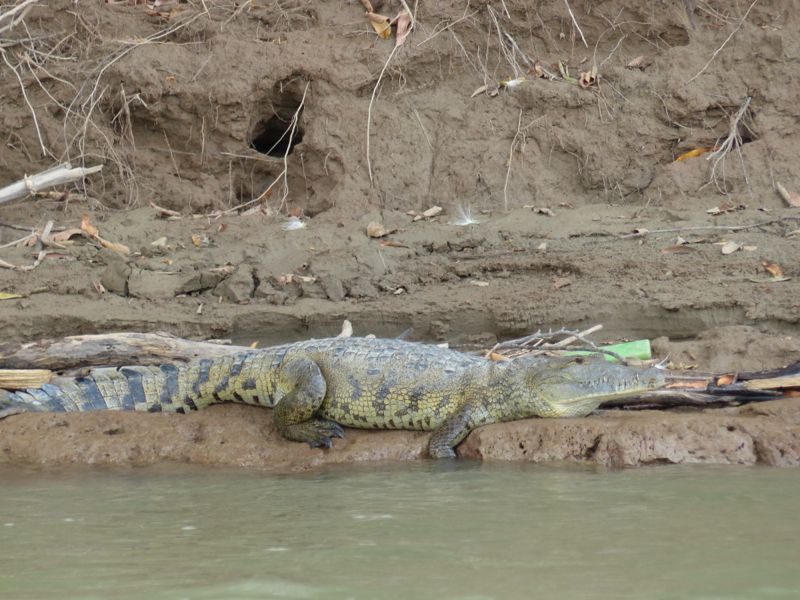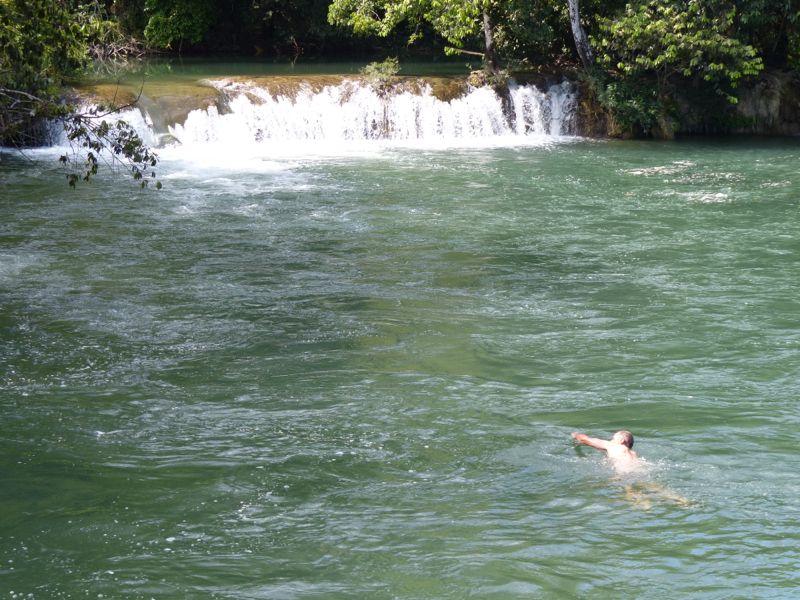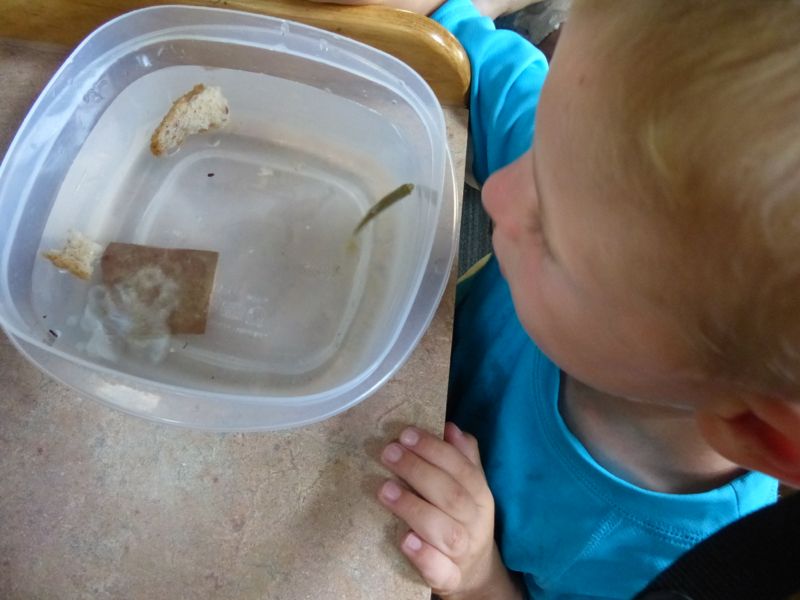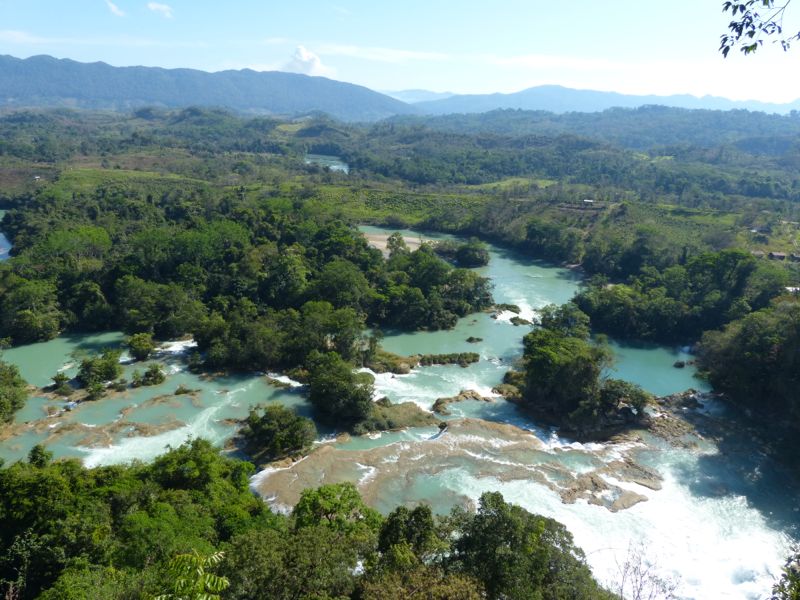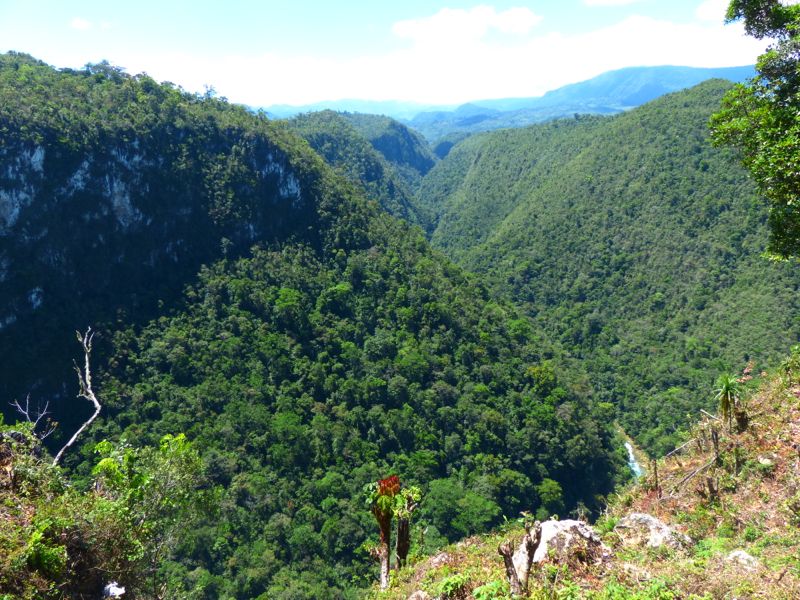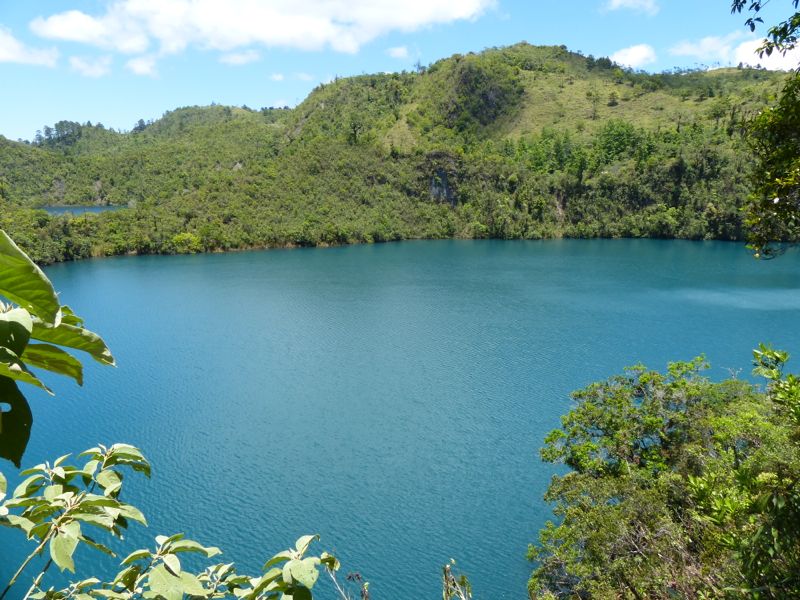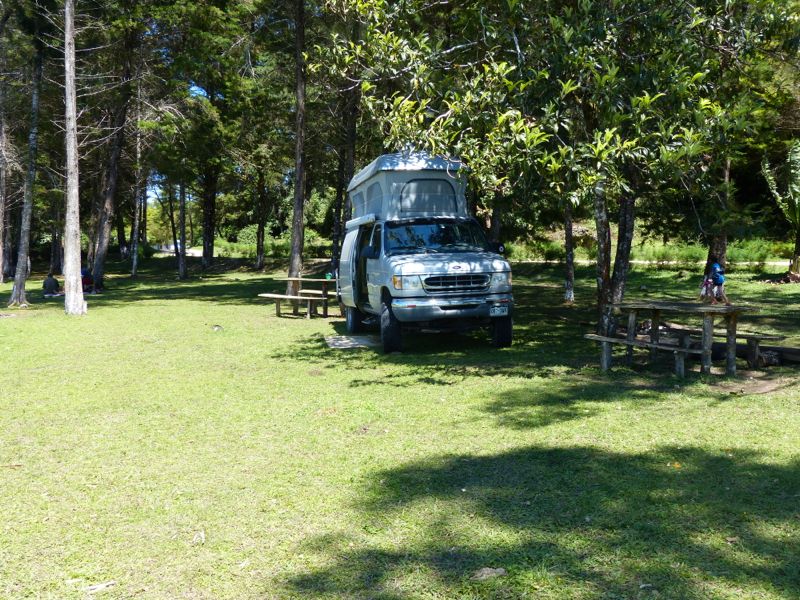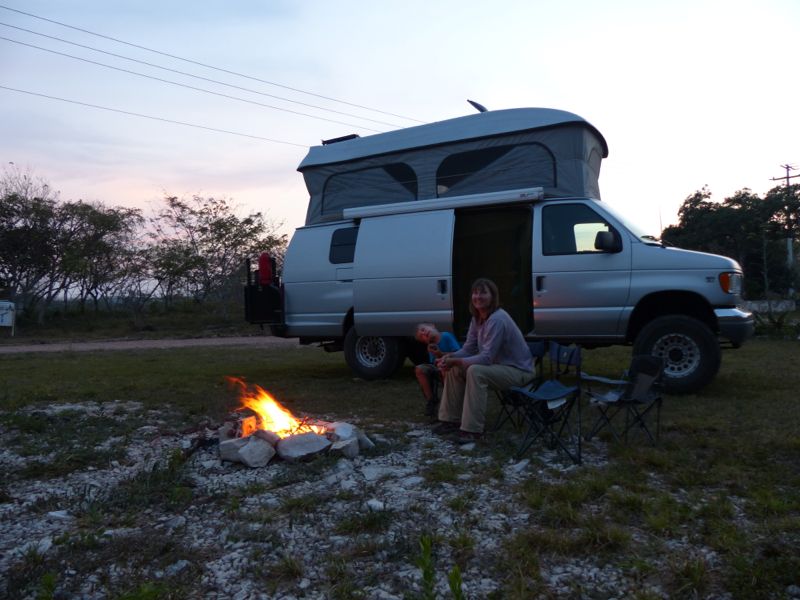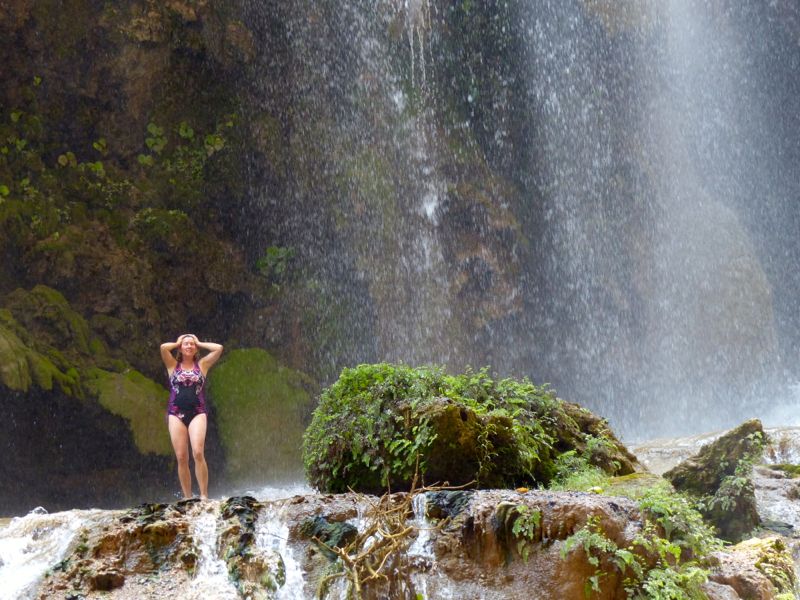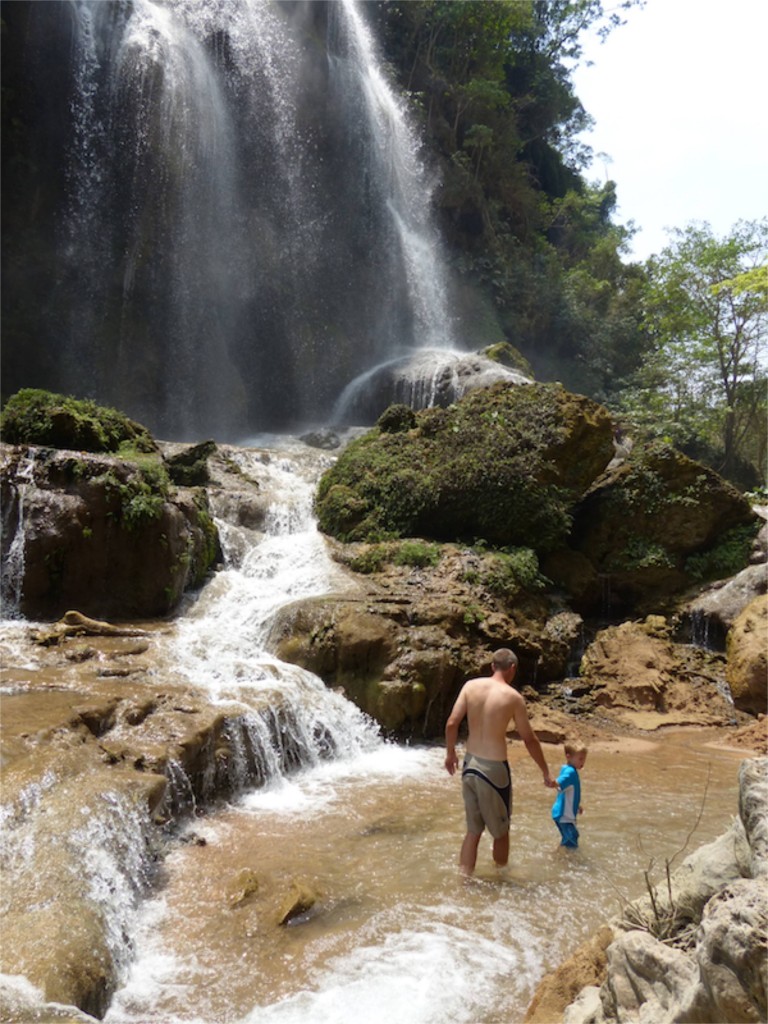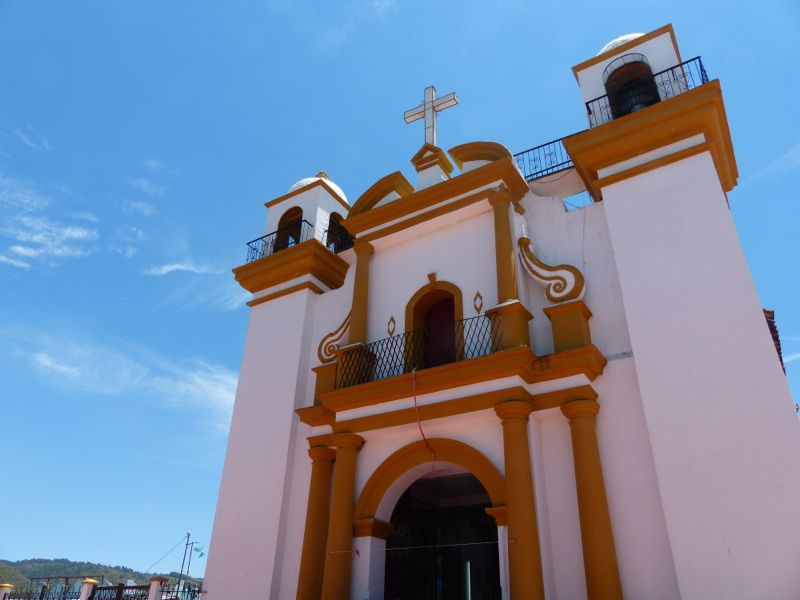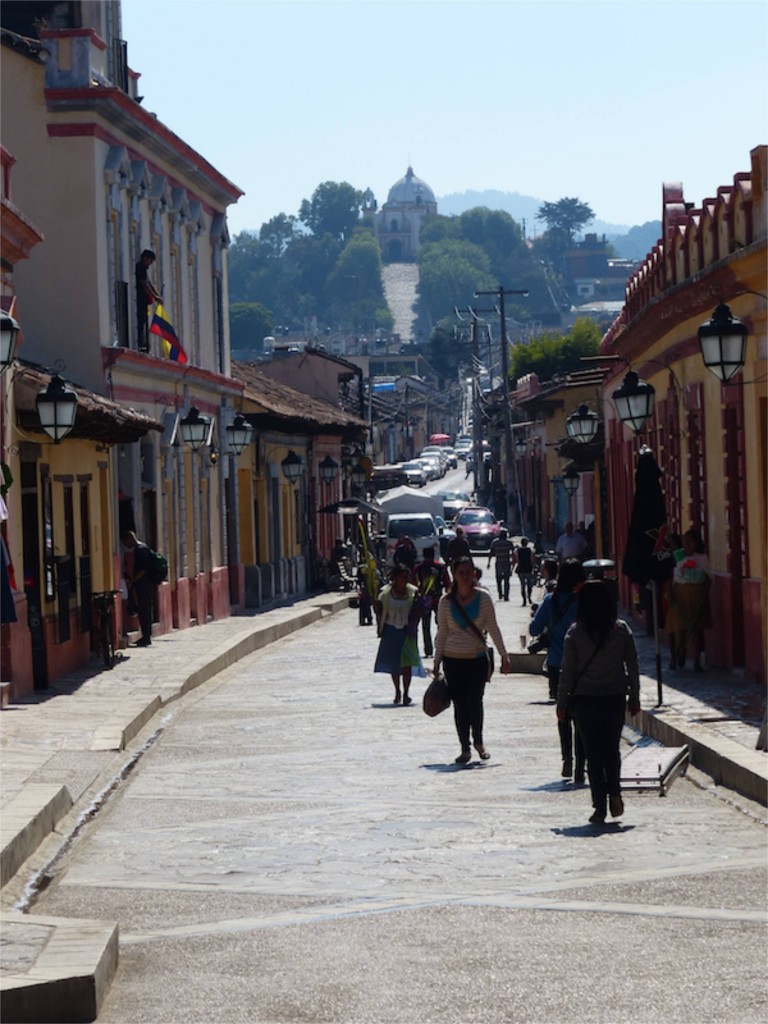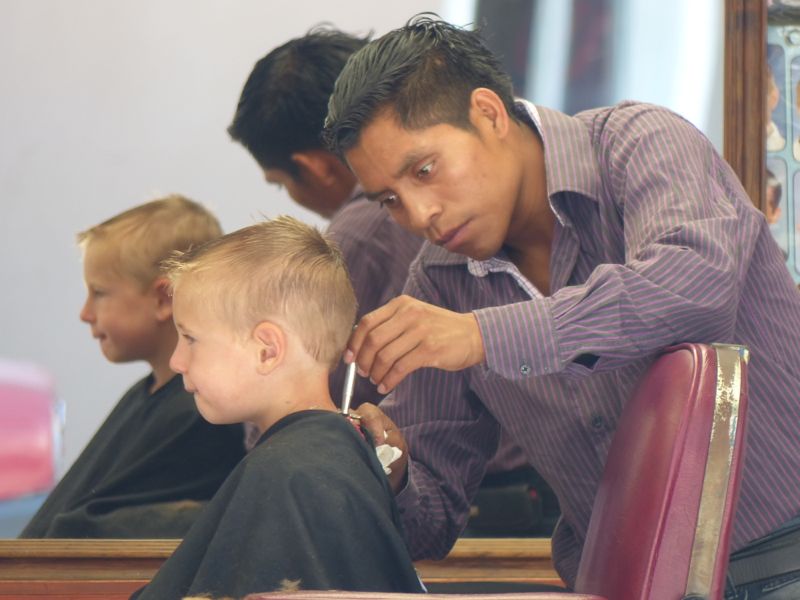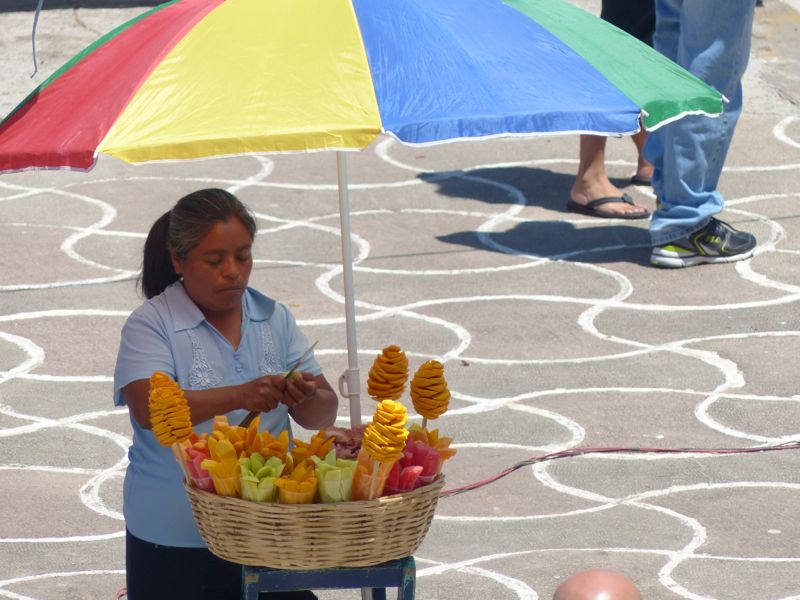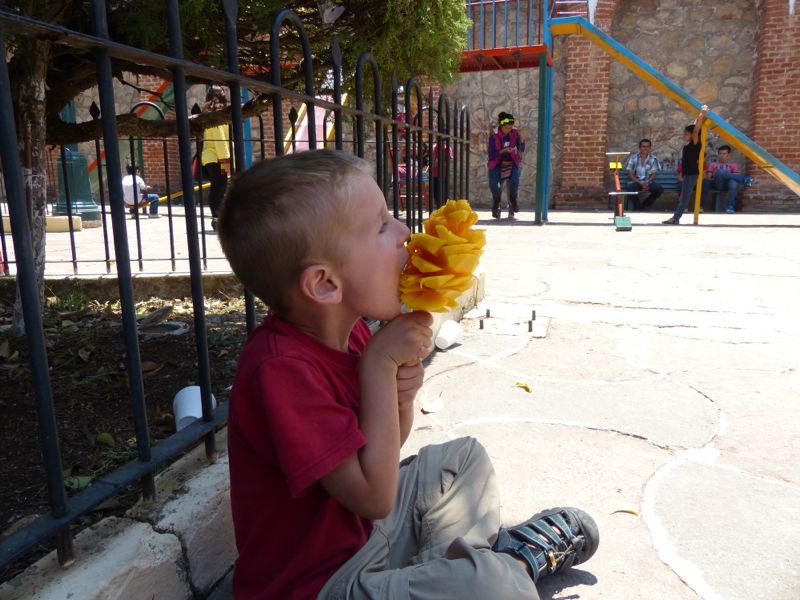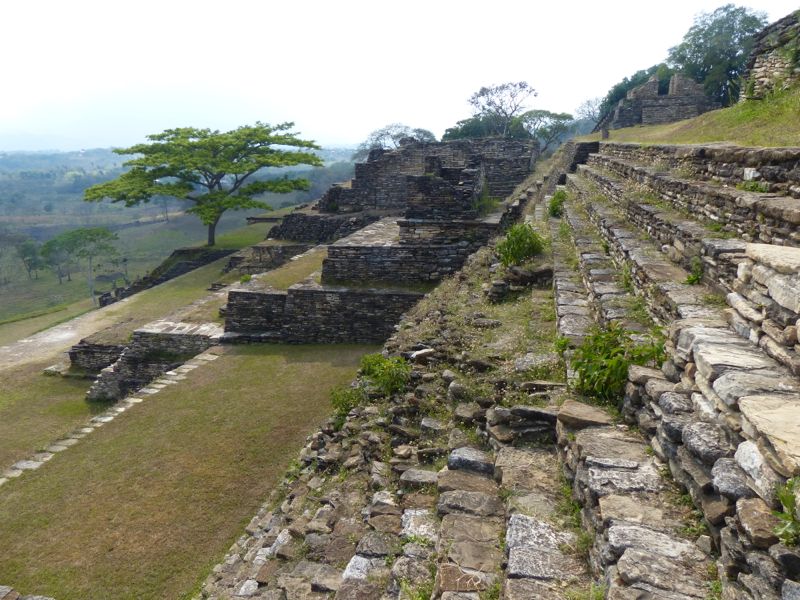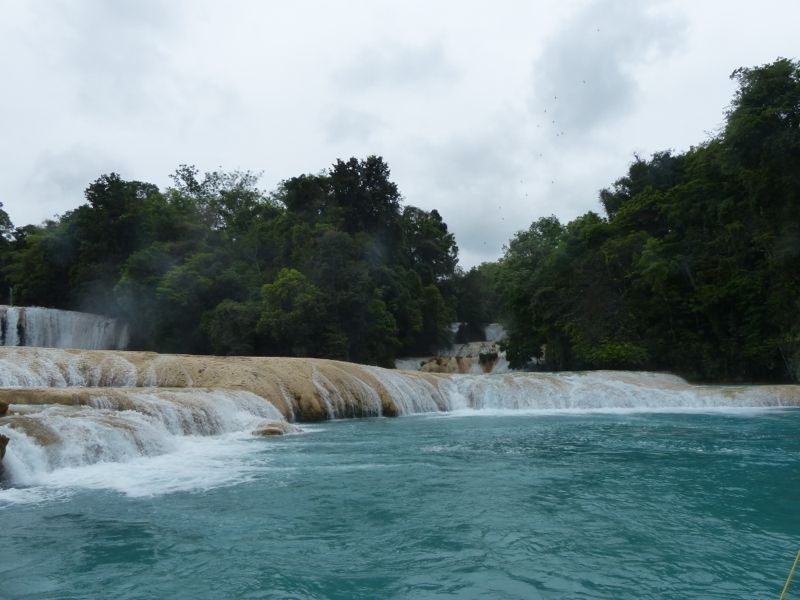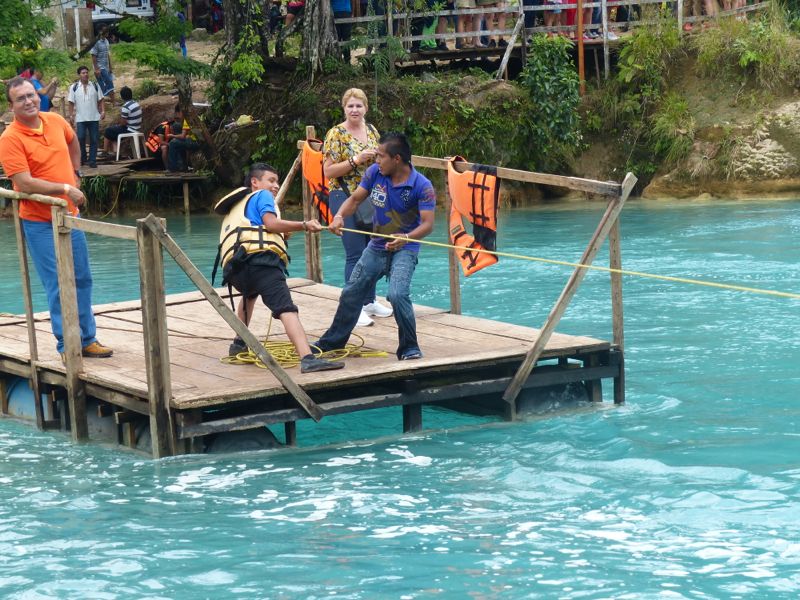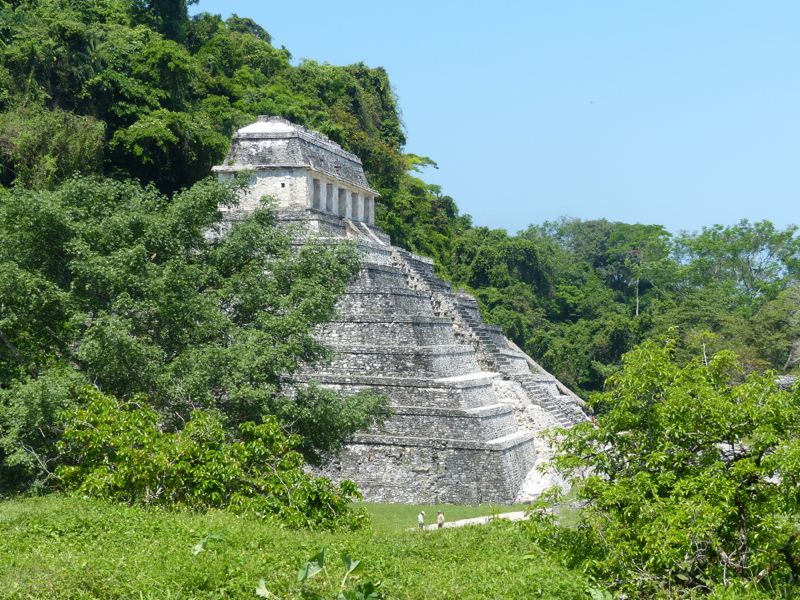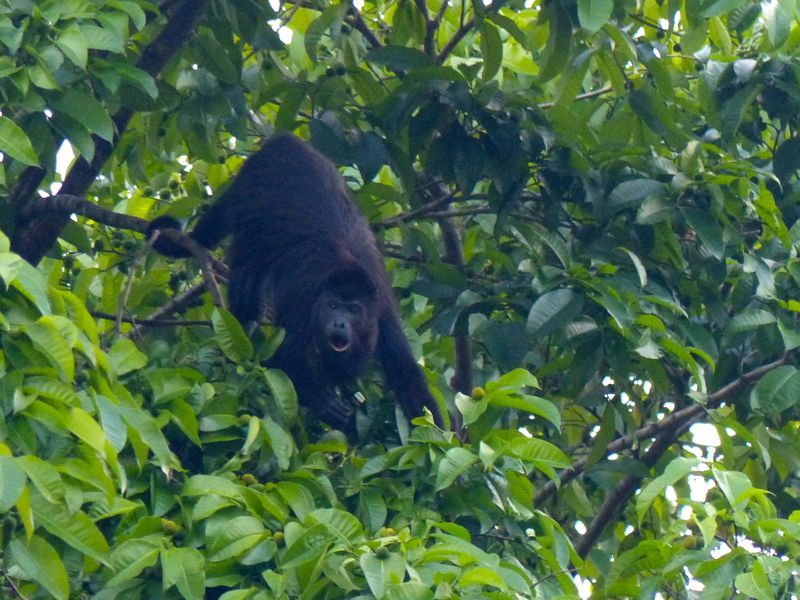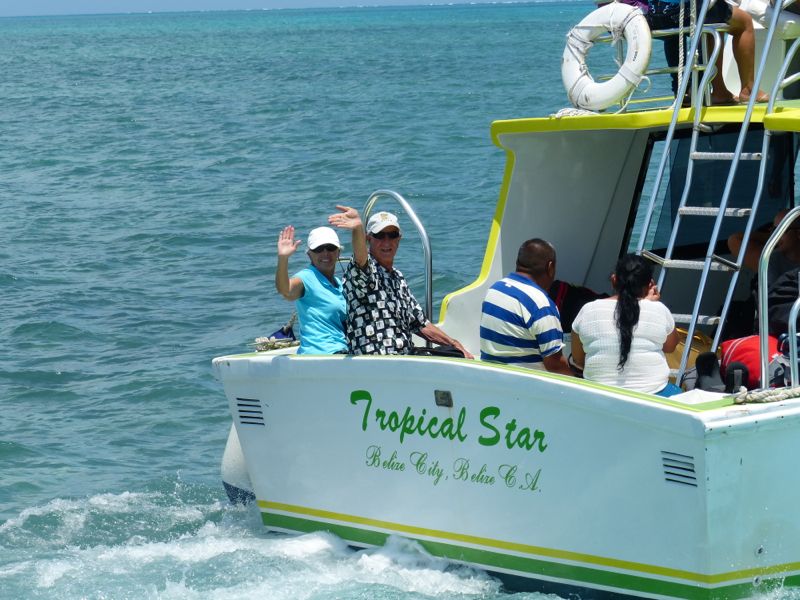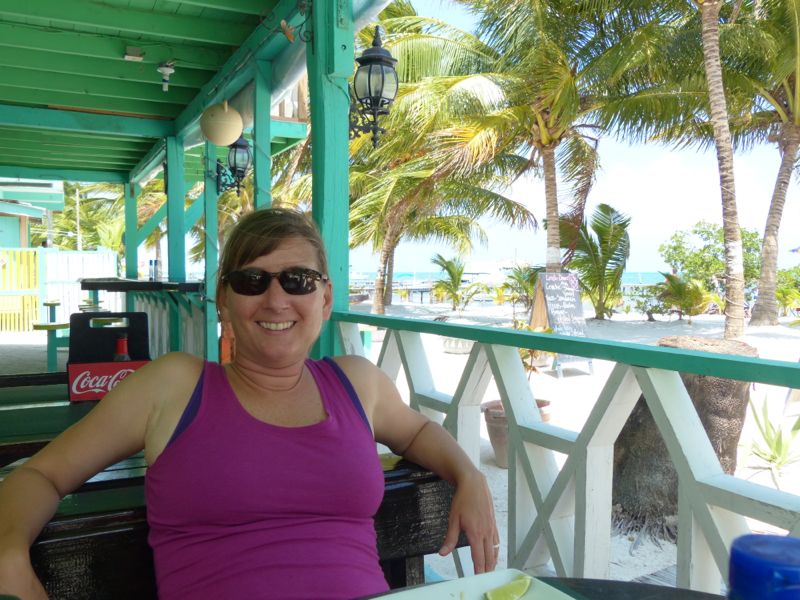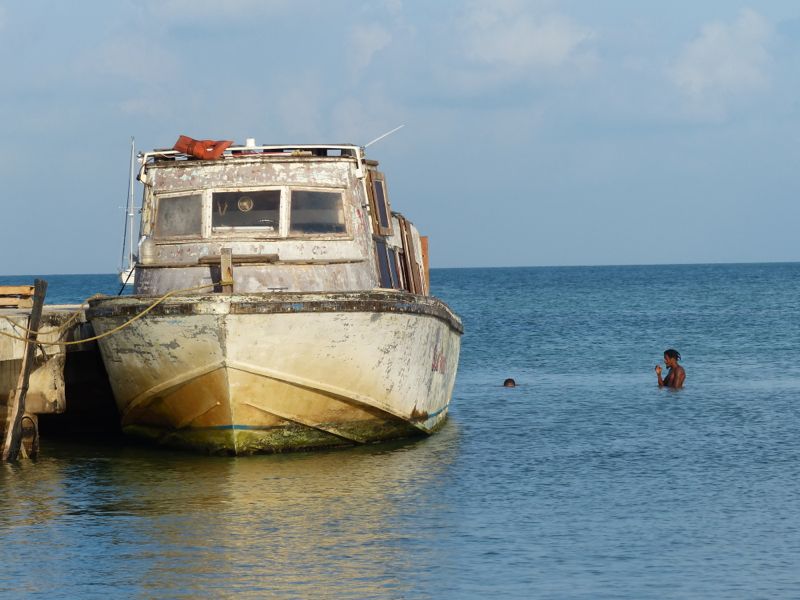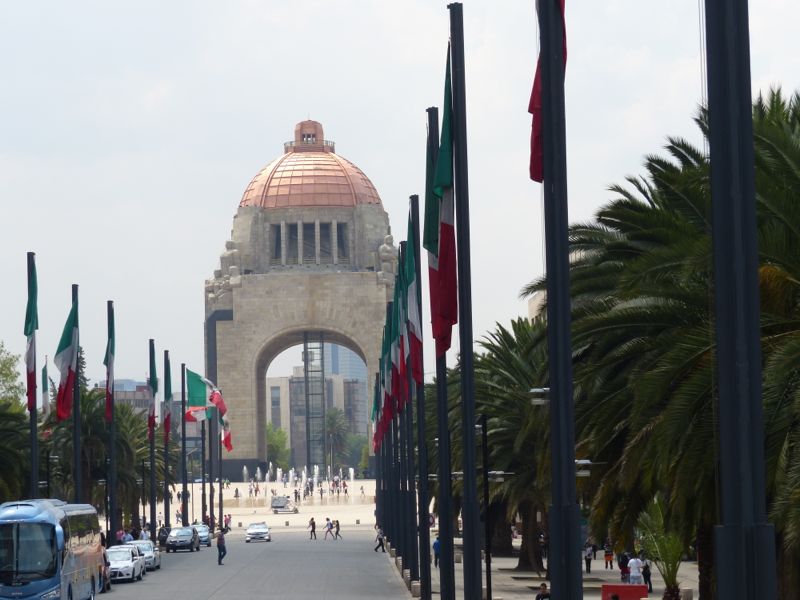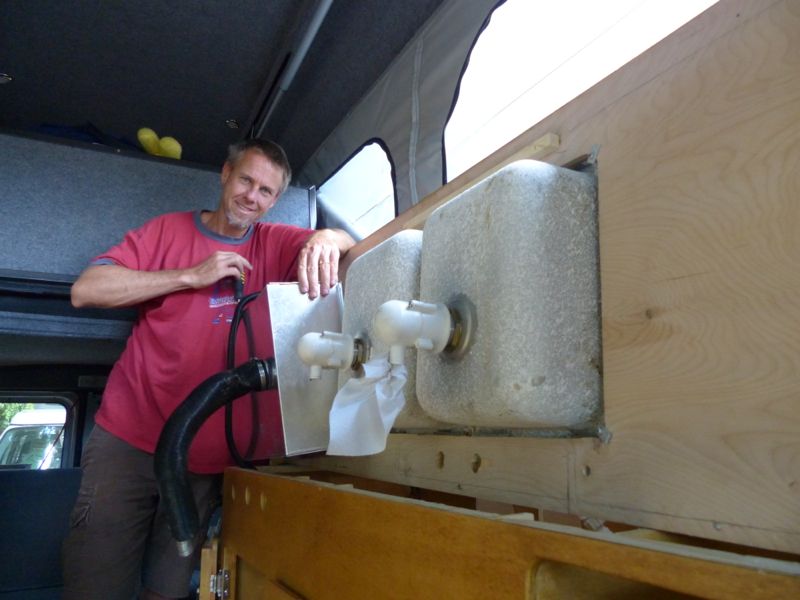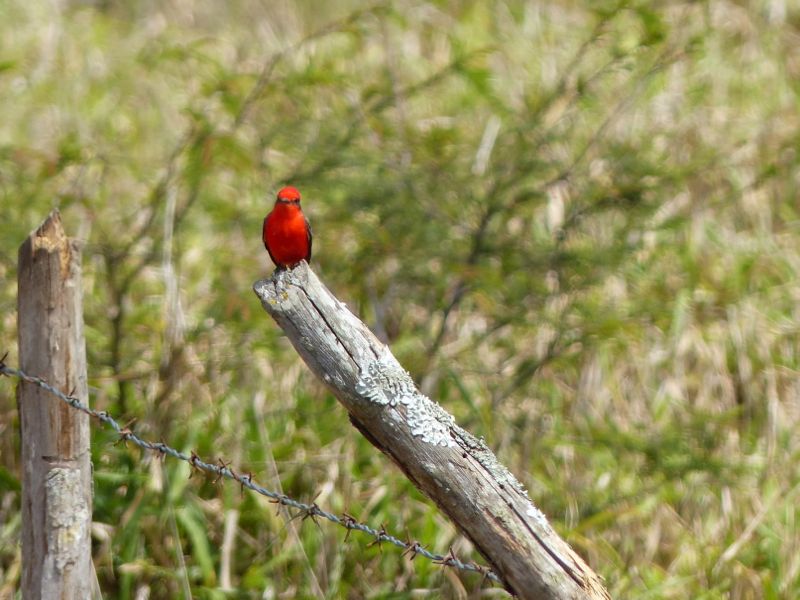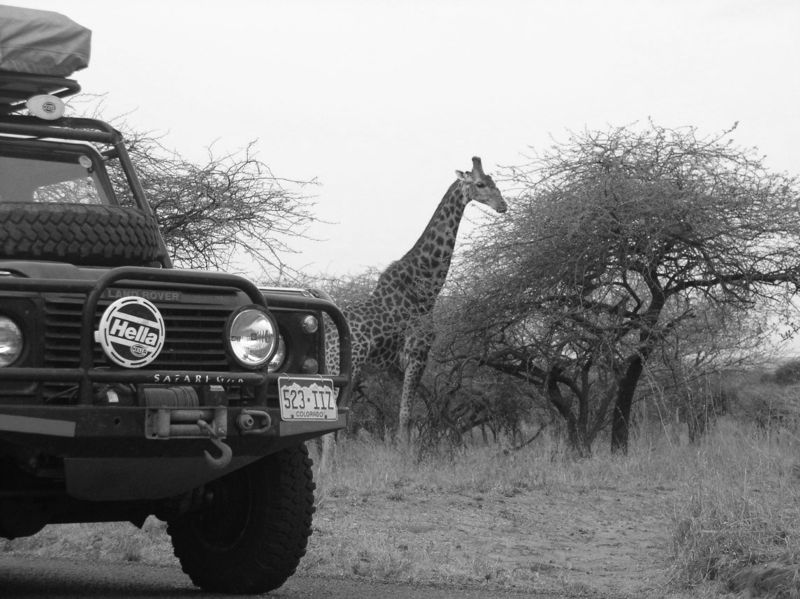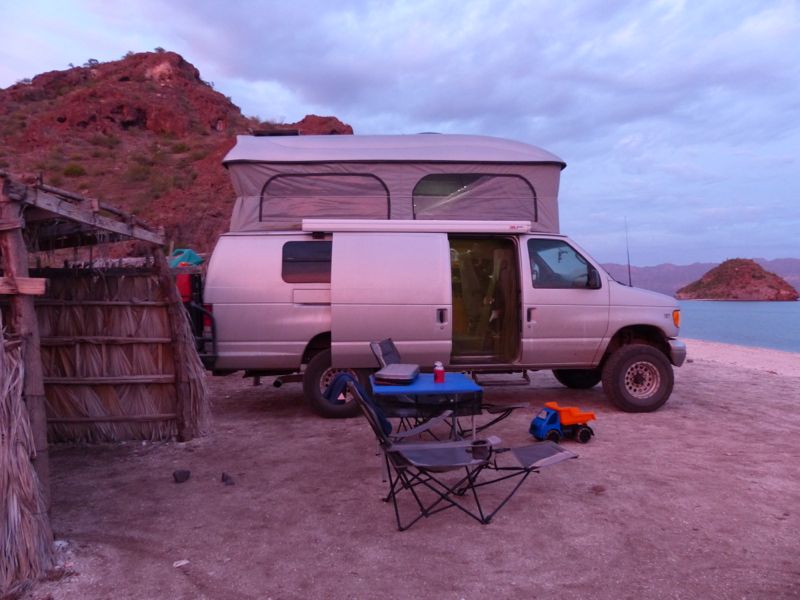After nearly 5 months of traveling in México it is time for us to move on so we can explore Central America. Our experiences here have been amazing and México has rather surprisingly earned a special place in our hearts.
Before our arrival in México we really didn’t know what to expect — after all, the press is not exactly complimentary in its coverage of this part of the world. Like most people (perhaps), we knew of the shanty border towns and the luxurious beach resorts, but not much else. Fortunately these are the extreme caricatures and not the reality for the vast majority of México.
Here are some of the reasons that we fell in love with México:
The friendliness of the people. Everywhere the people that we have met have been so friendly and so welcoming to us. Here people and relationships are culturally very important and this was evident everywhere that we went. The Mexicans that we met wanted to make a genuine connection with us and they often succeeded in doing so.
The Mexican culture. Mexico has a rich cultural spectrum that runs both deep and wide. There are archeological structures here that date back as far as 1000 B.C. (3,000 years ago!) and there are many others still standing that were built in the span of time leading up to the arrival of Cortés. Add to these marvels the beauty of the Spanish colonial architecture and the multitude of indigenous cultures that still thrive here and México has one amazing cultural mélange.
The food. Ahh… where to begin? There is such an immense variety here, all made fresh, and incredibly delicious. Some of our favorites include the fish tacos, the shrimp in mojo de ajo (garlic) sauce, fresh salsas, mole sauces, tortillas, chilaquiles, rellenos, tamales, tortas, nieves (fruit ices), aguas frutas, coffee (especially Café de Olla — which is coffee that is flavored with chocolate and cinnamon), chocolate, mangos, papayas, limes, avocados, and more. Yum!
A thriving middle class. This is a pretty big deal to us. Of all of the countries that we’ve visited (over 50 or so) the happiest societies tended to be in those places that have a thriving middle class. Not only do the people tend to be happy, but most people also tend to be gainfully employed and the crime rates tend to be low. All in all it makes for nice places to be. In most of México, this has meant that there were many local families enjoying the nice restaurants, and visiting museums and pyramids as tourists. Many of the middle-class kids have really nice toys — bikes, remote-controlled cars, and even game tablets. Yes, there is still poverty here (as there is in the U.S. and other countries), but because of the size of the middle class here, we felt like we fit in a lot more and were not treated like just tourists.
Zero hassles. While other travelers might have a different experience, we encountered none of the hassles that often go along with traveling in other countries. The touts (people selling stuff on the streets) were not obnoxious and were respectful of us when we opted not to buy from them, the police were always professional and courteous to us, and we were not asked to pay a single bribe. While we took the same precautions against theft that we did in the U.S. and Canada, we did not have anything stolen here nor did we worry much about it. In addition, the paperwork to get in and out of México (which we did twice each in different locations) was very straightforward and quick to complete.
Reasonable prices. Compared to our recent experiences in Canada, the US, and even Belize, the prices in México are quite reasonable. Because of the lower prices, we have been able to afford to stay here longer and to have enjoyable experiences more often. For example, we ate out at restaurants quite frequently and sometimes at rather upscale kinds of places. The medical care here is very good and affordable — it cost us US$40 each to get our teeth cleaned here, for example. This lower cost of living is undoubtedly a factor in why so many Canadians and Americans choose to retire here.
Climate. Before entering México, I envisioned the climate here to be mostly like that in Southern Arizona — a dry, desert environment with searing heat in the summer and cool days in winter. What I didn’t appreciate is just how varied the climate is in México. While most of the coastal areas can be hot and humid, the vast majority of the country is at a relatively high elevation — either in the mountains or on a high plateau. This provides for a much more varied temperature range. It can get below freezing in the coldest months in some areas and be quite warm in other areas. Also, unlike in regions further north, the warmest months are not in June, July and August. Instead, here the warmest months are in March, April and the early part of May before the rainy season arrives. Even during those warm months, it can still be cool enough at night in the high elevation areas to warrant wearing a jacket and some long pants (and sometimes hats and gloves are needed too!)
Child friendly. Kids are welcome everywhere here — even in the nicest restaurants. There are so many activities on offer for kids, including numerous water parks and playgrounds. On weekends there are bouncy castles, trampolines, and even little electric cars available for kids to use in the town plazas. Having Quinn with us opened many doors than would’ve been otherwise. People were genuinely curious about the boy with blond hair and blue eyes and would often approach us to ask his name and how old he is. Teenage girls in particular were enamored with him, but even grown men couldn’t resist asking us about Quinn and gently patting him on the head. That might sound a little creepy out of context, but it was all done respectfully and in good humor.
Probably the biggest compliment that we could give to México is that we believe that we could actually live here. That designation does not come easily to us — while we have visited many wonderful places over the years, there are very, very few places where we believe that we would be comfortable and happy living for some period of time. After all, there can a world of difference between what makes a place great for a vacation versus a place to live contentedly for months or even years. For us, for the reasons above (and more) México meets our criteria and is truly a special country. We will be back! 🙂

